Succulents are viewed as low-support plants also when they are grown inside. The stem and leaves hold water as a transformation to filling in dry regions. These plants offer strange shapes, surfaces and structures. They make great houseplants for all year because they can be grown indoors. Plants filled in pots outside can be brought inside during cold weather conditions.
We know that succulents are very fond of sunlight, but that does not imply that they are not fit to be grown inside. All you need to take care of is that they must get some sunlight wherever they are placed. So, whenever the rainy or winter season arrives, it is better to secure them by bringing them indoors. In this article, we will be sharing various points that can help you take care of your succulents in cold weather.
Not every succulent has the capability to survive the winters when they are kept outside. But some varieties, namely Stonecrop Sedums and Sempervivums. The best part is that these species can survive both low and high temperatures. It is a perfect option for people who are busy in their day to day routine and don’t get much time to pay attention to their plants.
Tips to take care of succulents in winter
As already mentioned above, not all species are capable of surviving in cold weather. Some soft succulents cannot adapt themselves to very low temperatures, and such varieties include Aloe, Crassula, Tender Sedums, Senecio, etc. Therefore, we have come up with some tips to help you take care of your tendon succulents in winter.
Prepare them to bring inside

Even though your succulent is kept in the proper zone, it is always better to bring it indoors. It is because sometimes extreme temperatures drop at night, and this can completely damage your plants. You can consider keeping them in your garage if the temperature does not fall below 50 degrees F. But you need to ensure that your succulents get some sunlight each day.
Another point that you need to pay attention to is to check if there are no bugs like aphids present in the room where you want to keep them. However, if you still find them, there is one solution that you can opt for. Mix one part of water with three parts of rubbing alcohol and spray it on plant leaves to avoid bugs coming near them. If you want some more information related to it, consider checking out Succulent Market.
Apart from this, you also need to clean the pots before bringing them indoors. Remove all the dirt and debris from the pot so that it won’t make the inside of your house messy. Once you have done all of this, your plants are finally ready to move in.
Try to provide warmth and illumination
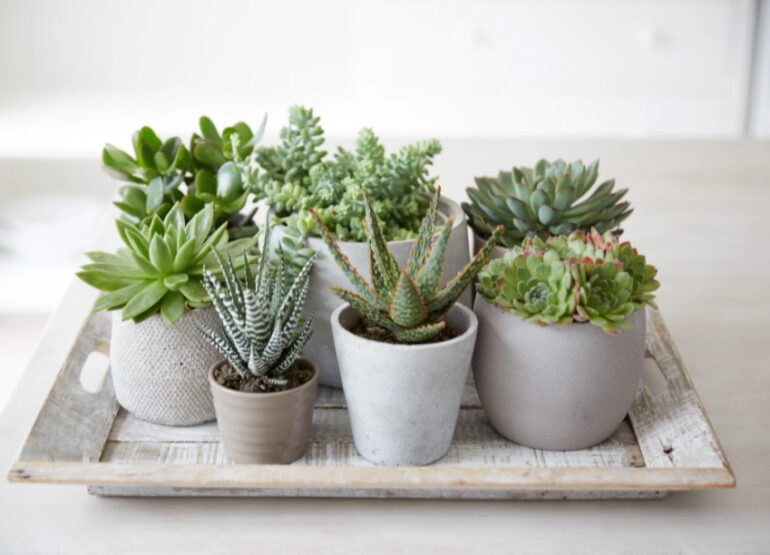
Keep your succulents in a space that receives no less than three to four hours of splendid sun rays. Succulents need less light throughout the colder year than when they are effectively developing throughout the late spring. Therefore, it is not necessary to provide them with direct sun rays during cold weather.
Outrageous temperature differences can hurt these plants, so bring them indoors before temperatures fall to the freezing point. Try to maintain the temperature of about 50 degrees F, which the succulents require to survive in cold weather. A few of them, for example, Aeoniums, might improve in a cool room, somewhere in the range of 50-55 degrees F.
Fertilization
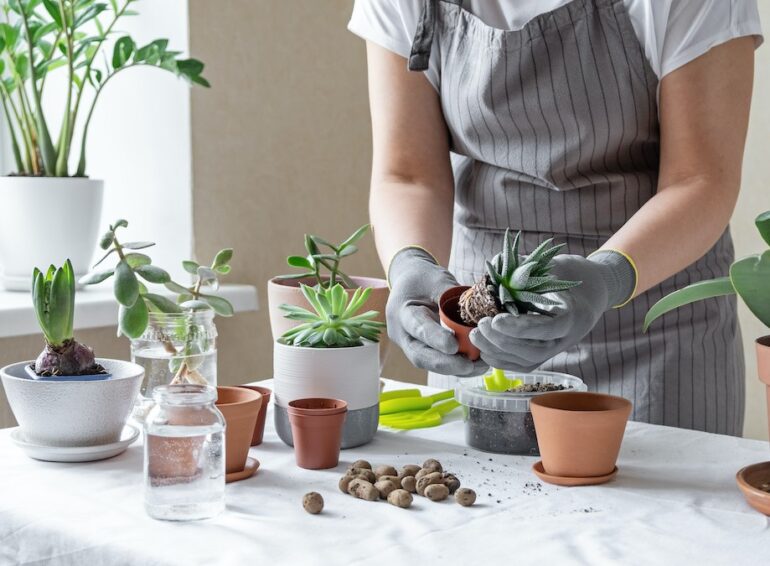
Many people do not know that it is not smart to fertilize these plants in cold weather conditions. When you provide feed to succulents during winters, their leaves become extremely soft and tend to start falling. So, it is advisable to feed them when the summers are about to end. Also, make sure that you should always provide dosage according to what is mentioned on the label.
Keep a check on watering
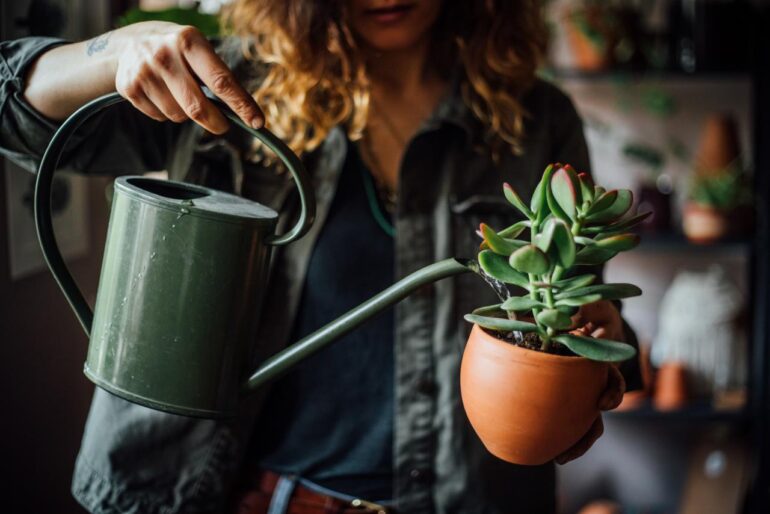
Succulents go lethargic throughout the cold weather months, so they require even less watering during this time. Subsequently, quit watering them once the temperature drops and the days become more limited. Lessen it down to one time per month, but at the same time, it’s smart to check the soil’s dampness level before watering. Possibly do it whenever you find that the soil is fully dry.
Watering for approximately 5 minutes is considered sufficient for them during winters. Ensure the soil has great draining capacity because the moist roots can kill succulents. For indoor plants, adding sand or organic matter to the soil will make a great difference.
Consider covering them
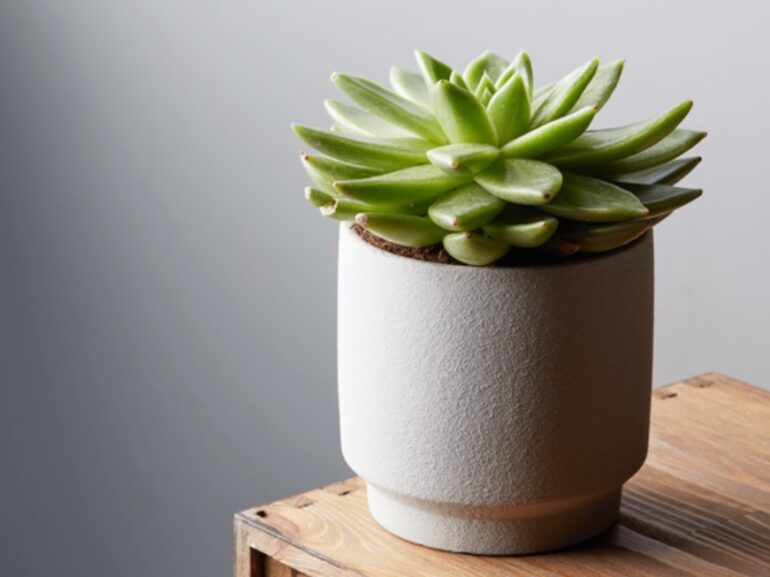
In situations when you can’t bring the succulents indoors, there is another option for you. Try them to cover up whenever you feel like the freezing temperatures are going to arrive soon. Consider using the snow covers because they can help protect them from harsh winds, frost, and snow. Do not worry because they are easily available online or at your nearby stores if you don’t have one.
Use pots with good drainage
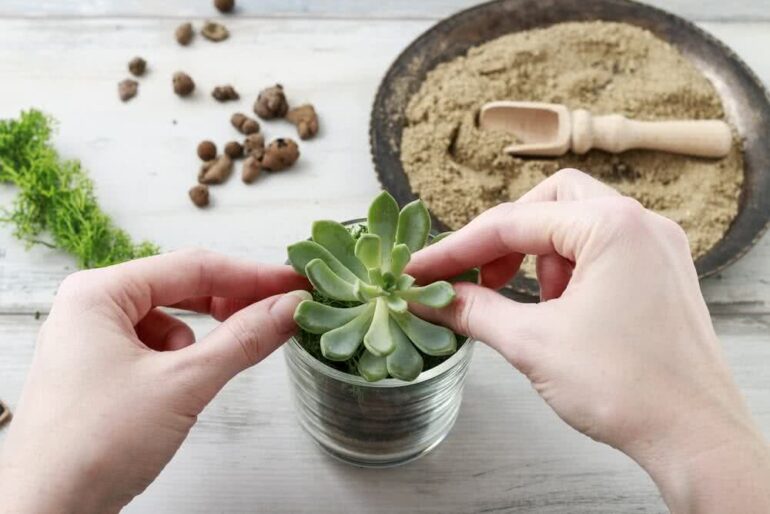
Succulents get damaged when they have to tolerate the dampness for quite a long time. Therefore, it is a better idea to consider using pots that have a good draining system. Please keep away from glass pots with strong bottoms; permitting succulents to sit in spongy soil in the colder time of year when there’s less light to dry it out can make your plants’ leaves decay and draw in bugs. Search for clay pots with seepage openings, and use network tape or cheesecloth to hold the soil back from dropping out.
To sum up
Maintaining succulents in cold weather conditions is not that tough when you have the right knowledge. Some varieties need more attention, but they can be easily managed by practising the tips as mentioned earlier. So, follow these tips to protect your plants from extremely cold temperatures.
